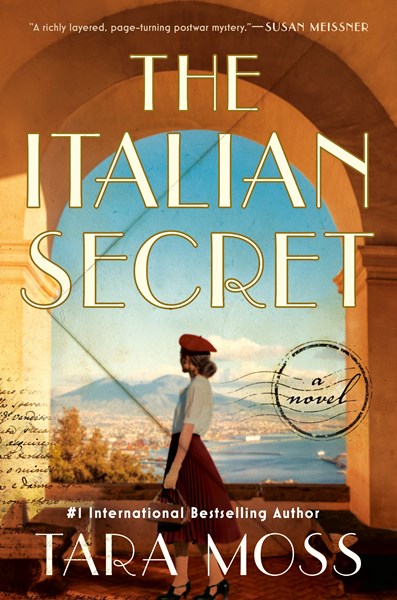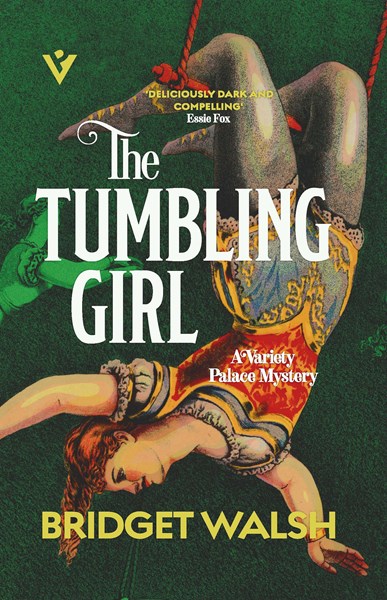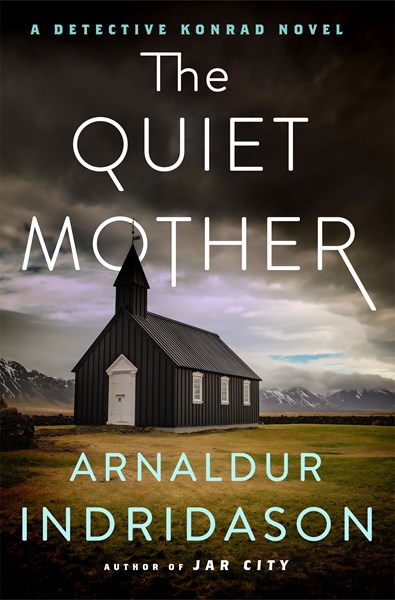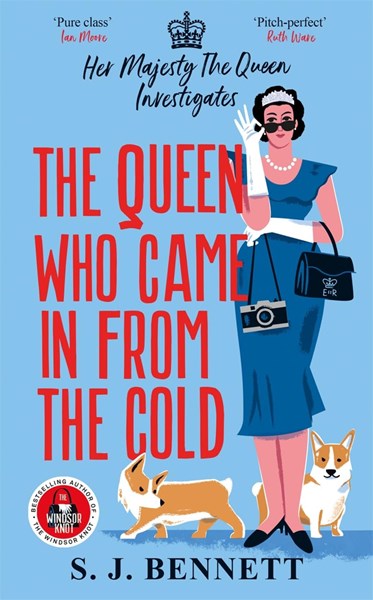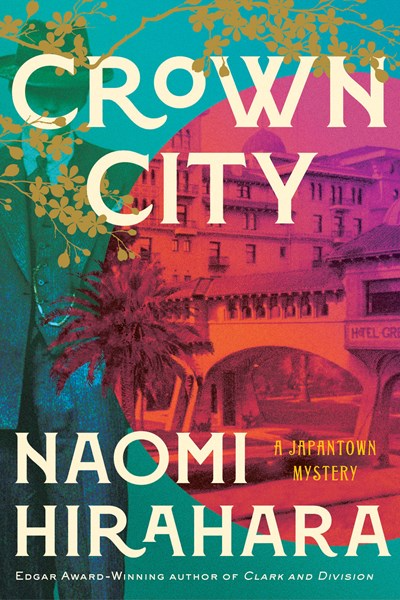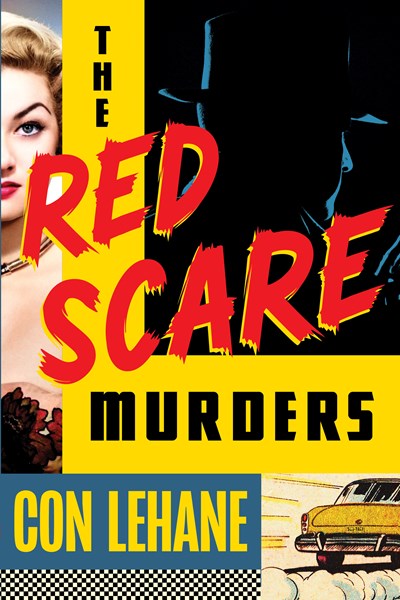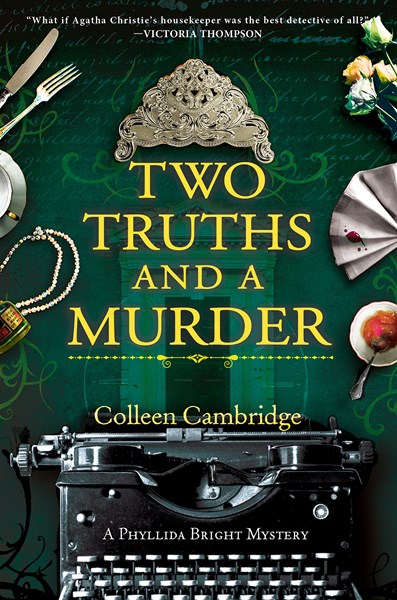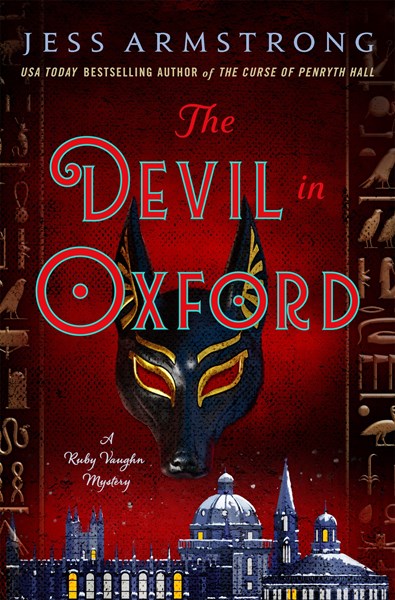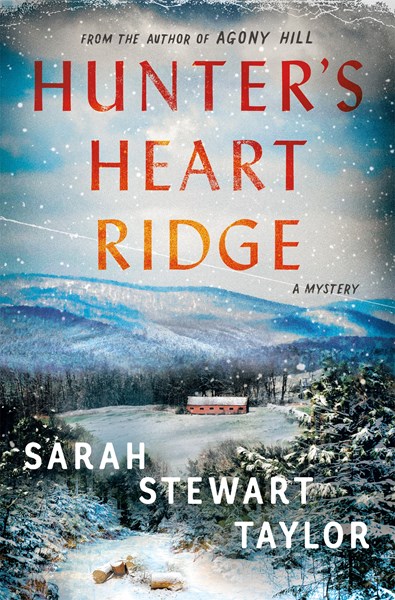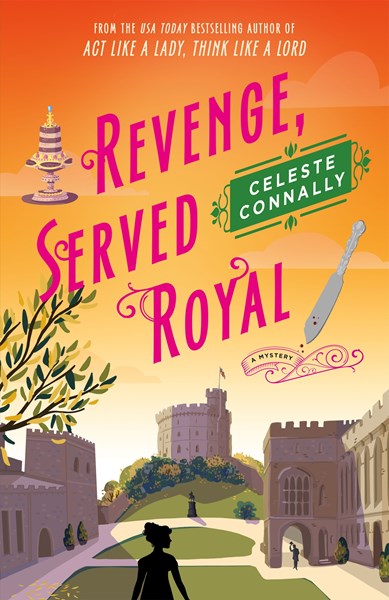In a spectacular example of a post-war noir novel we have Billie Walker, a hardboiled PI following in her father’s tradition, with her specialty helping women out of terrible marriages by finding evidence of infidelity. The Sydney, Australia PI has a loyal and supportive staff, an attractive police officer to back her up, and a mystery in her background. In her father’s files, she finds an old picture, taken in an Italian town near Naples, of him, another woman, and a young girl. There follows the suspicious death of a client, a sea voyage with her mother to Naples, vendettas, the search for her father’s other family, and a deadly chase through the tunnels under the city. This is non-stop action, with an authenticity of mood, clothing, travel detail, and attitude that makes it special.
Historical
In the acknowledgments to this immersive debut, Walsh explains that she took a novel-writing course partly to convince herself not to write this series opener; readers will be happy that she went ahead anyway. Walsh drops us deep into the world of Minnie Ward, who writes music for Victorian London’s Variety Palace Music Hall. The shabby venue hosts a plate spinner whose dressing room sounds like breaking crockery and sobs, a soprano who only sometimes hits a note, a wayward monkey that likes to have its way with the ventriloquist’s dummy, and other downmarket wonders. When kindly detective Albert Easterbrook is hired to find the killer of a young woman who worked at the Palace, it brings him into Minnie’s world. She’s not content to sit on the sidelines of the investigation—she knows far more than Albert does about the workings of her realm, not to mention that those he needs to question aren’t going to open themselves up to a “toff.” While working through his exasperation with headstrong Minnie, Albert begins to fall for her, a situation she rebuffs as it will never work out—class divides loom large here. Their sometimes-parallel, sometimes-together work exposes both to dangers and horrors that will keep readers rapt; a side plot involving a serial killer who is terrorizing London closes the book and creates an opening for a sequel, which readers will eagerly await.
Lies, guilt, and betrayal are the engines that drive Indridason’s powerful third and most recent of the Konrad novels to be published in English. Retired police detective Konrad hears of the brutal murder of Valborg, an older woman who lives a simple life in her Reykjavik apartment. She leaves behind little, except for a note with Konrad’s phone number. It turns out that Konrad was contacted by Valborg several times—they even met for coffee—as Valborg tried to convince the detective to take on her case: she wanted him to find a child that she had given up almost 50 years before. Konrad repeatedly turned down her request, fearing that there wasn’t enough information to complete her search. But once Valborg is murdered, guilt consumes Konrad, and he decides to delve into the past to understand the present. Dark and haunting, Konrad’s search unearths the sad and sordid history of his own family, a history he has striven to repress. A fast-moving Nordic noir that will appeal to fans of police narratives, family histories, and Iceland’s past.
This fifth in the series featuring Queen Elizabeth as an amateur sleuth is even more credible, more captivating than its predecessors—and they were awfully good. It’s 1961, deep into the Cold War, and the queen is headed north aboard the royal train, along with Princess Margaret and their respective entourages, when one of the ladies-in-waiting claims to have seen a murder unfold from her carriage. Is this sighting for real or a case of ladies-who-drink-too much? The queen, along with her assistant private secretary Joan McGraw—she’s the thread who connects many of the books—takes on the possible murder, which then expands, threatening to spoil the queen’s state visit to Italy. (Here the action moves to the royal yacht, a delightful foray.) Bennett does a fabulous job of balancing the monarch’s role as head of state with her involvement in a tale that exposes the dark side of the post-war world. For fans of The Crown, the Marlow Murder Club series, Miss Marple, and Robert Lacey’s Majesty: Elizabeth II and the House of Windsor.
Set in 1903 Pasadena and told through the eyes of 18-year-old Ryunosuke “Ryui” Wada, who has recently arrived from Yokohama, Japan, this novel is rich in dualities. An orphan, Ryui is fascinated by the world around himself—including Jack, his talented roommate and photographer and Gigi, a beautiful seamstress. Trained as an artist, Jack manages to find work in Pasadena’s art community as an apprentice, a job that takes him all over town. “In America, or perhaps especially in California, people could be transformed into anyone they dreamed of being.” Pasadena is rife with cultural appropriation; one of the personas Ryui encounters involves young white women re-creating Japanese culture, “which made me feel uneasy and confused,” Ryui notes. But when he and Jack are hired by Toshio Aoki, Pasadena’s best-known Japanese artist, to recover a missing painting (“I could be the first Nipponese detective in this country,” crows Jack) they willingly enter a world where danger abounds and real historical figures have a role. Poignant, marvellously well imagined, and deeply moving, this latest from Hirahara, author of the Edgar Award-winning Mas Arai series, and more recently the writer of Clark and Division and Evergreen, is sure to engage fans of historical fiction.
“You know what a witch hunt is? It’s when a big lie declaring someone anathema to the prevailing orthodoxy gets a head of steam…,” explains narrator Mick Mulligan. It’s July 1950, and the country is in the grips of anti-communist “Red Scare” fever. Blacklisted from his job as a Disney cartoonist, Mick is back in New York, divorced, broke, and starting as a private detective to pay child support. But his first case may prove impossible to solve. A year and half earlier, Irwin Johnson, a despised cab company owner, was shot to death in his garage office. Evidence pointed to Black cab driver and Communist Party member Harold Williams, who had led a wildcat strike against Johnson’s company a month before the murder. Tried and convicted, Harold sits in Sing Sing prison, awaiting execution on August 4. Now, labor leader Duke Rogowski wants Mick to find new evidence to exonerate Harold. The problem is that Mick only has 15 days. In the best hardboiled noir tradition, our gumshoe doggedly pursues clues and reluctant witnesses like sexy femme fatale widow Eva Johnson (think Lana Turner) while fending off Mob goons named Moose. If Lehane’s (Murder at the College Library) red-herring plot twists don’t always make sense, his gritty portrait of 1950s New York rings true. While there is only one actual murder, the novel vividly depicts the McCarthyism that destroyed so many lives. A treat for noir and historical mystery fans.
Phyllida Bright, Agatha Christie’s long-standing housekeeper, close friend, and—with Agatha’s permission—sometime sleuth takes on a local case involving multiple murders. Invited to a dinner party, she’s been asked to help determine whether one of the husbands is guilty of infidelity (he isn’t), but instead observes as the obnoxious Genevra Blastwick, the complete opposite of her shy sister Ethel, forces everyone into playing Two Truths and a Lie, and she herself is quick to claim as one of her truths that she once witnessed a murder. Fact or fiction? In either case, her claim garners her plenty of attention—these days, Genevra would be an influencer of some sort—but it’s not necessarily the attention she wants, as the next morning, reclusive Ethel is discovered to have been run over by an automobile while walking home from the party. Has the murderer killed the wrong sister, “offing” sweet Ethel when they meant to murder big-mouthed Genevra? Set entirely in the countryside, with the supportive Agatha in the background, this novel sees Phyllida taking on an even greater role as an amateur sleuth, with many in the community, especially the service workers, turning to her for help. Add to all this a burgeoning romance that will knock Phyllida and many readers off of their feet, and you have all the makings of one of the best cozies of the year.
Christmas in Oxford sounds like a good idea. But as might be predicted by anyone acquainted with Ruby and her housemate and employer, Mr. Owens, that is likely a false assumption. While antiquarian books are their business, the Oxford sojourn highlights Egyptian artifacts and brings Ruby back to the harsh memories of her WWI service as an ambulance driver. Her feelings for Ruan, healer and witch, must be confronted, as must her trust in old and dear friends, including Leona, her partner in ambulance duties. Circumstances require much late-night skulking involving lockpicks and a reluctant Ruan as a partner, as well as attendance (unwilling) at overblown parties.In the end, the heroes are found and the evildoers are truly evil, but as with many books in this series, reading is easier if one starts at volume one. Smuggling, murder, and cocaine are mixed within a roiling undercurrent of social and political tension in an atmosphere of scholarship. A nicely drawn period piece.
Stewart brings us back to a time of tumult: mid-1960s rural Vermont. In this sequel to Agony Hill, we are reintroduced to Detective Frank Warren, a good guy whose efforts at law enforcement—assisted by Trooper “Pinky” Goodrichsend—see the two of them traipsing up and down the county at all hours. This book opens as one of the visitors to the Ridge Club, a hunting and fishing lodge exclusively for rich and distinguished men, is found dead, on the same day that deer season opens. A mere coincidence, right? But Frank suspects that there may be more than someone accidentally shooting themselves while cleaning their rifle. So he and Pinky launch an investigation that tangles them up in the Ridge Club members when a violent snowstorm comes along to isolate them even further. This closed-circle narrative is wonderfully well-done, deeply satisfying, and a compelling portrait of a community undergoing change. Readers who enjoy these books will also appreciate Julia Spencer-Fleming, William Kent Krueger, and Ausma Zehanat Khan.
I confess, I don’t know where to start this review, there’s so much to the novel that will draw in readers. Should I mention that Regency era-set novels are usually romances, so a mystery that unfolds in the era is a particular treat? Or maybe that the main character, Lady Petra—in her third series outing here—wears lock picks and a dagger beneath her gowns? (Feisty!) How about the baking competition that will attract lovers of The Great British Bake Off and cozies featuring baking? Well, I’m still no closer to an answer, but I will say that readers should pick this up and be ready for delicious treachery, lies, and scandal when everyone who’s anyone in Regency Britain descends on Windsor Castle. They’re excited for a week of diversion that includes a competition to decide the best cook in any aristocratic house in the kingdom. Lady Petra’s stint as a judge is interrupted by the murder of one of the other judges and the sleuthing is on. Try Connally’s previous works in the series (All’s Fair in Love and Treachery; Act Like a Lady, Think Like a Lord) while waiting for this one.

